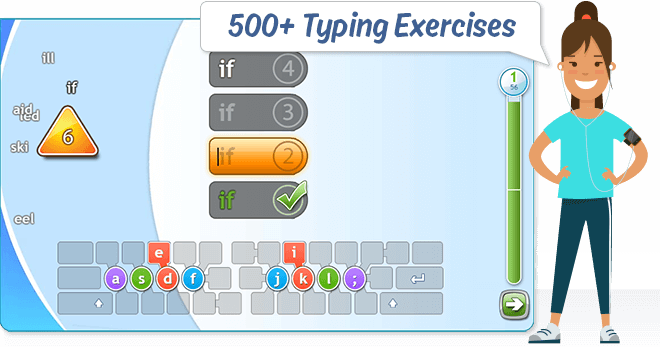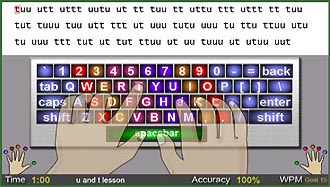


In 2004 the United Kingdom Learning and Skills Research Center commissioned a report intended to systematically examine existing learning style models and instruments. 11 Lack of a conceptual framework for both learning style theory and measurement is a common and central criticism in this area. Most of these scales and classifications are more similar than dissimilar and focus on environmental preferences, sensory modalities, personality types, and/or cognitive styles. No single commonly accepted method currently exists, but alternatively several potential scales and classifications are in use. Confounding research and, in many instances, application of learning style theory has begat the myriad of methods used to categorize learning styles. 10 Learning styles are considered by many to be one factor of success in higher education. 5, 6, 9 This review will describe the potential utility and limitations in assessing learning styles.Ī benchmark definition of “learning styles” is “characteristic cognitive, effective, and psychosocial behaviors that serve as relatively stable indicators of how learners perceive, interact with, and respond to the learning environment. Limited research has also focused on describing and characterizing composite learning styles and patterns for students in various concentrations of study (eg, medicine, engineering). 7 - 8 This information can be used to guide the selection of instruction modalities employed in the classroom. Some research has focused on profiling learning types so that instructors have a better understanding of the cohort of students they are educating. 6 - 8 The concept of using a menu of teaching modalities is based on the premise that at least some content will be presented in a manner suited to every type of learner within a given classroom or course. 4 - 5 Mismatches between an instructor's style of teaching and a student's method of learning have been cited as potential learning obstacles within the classroom and as a reason for using a variety of teaching modalities to deliver instruction.


2, 3 These changes and advances in technology have led many educators to reconsider traditional, uniform instruction methods and stress the importance of considering student learning styles in the design and delivery of course content. 1 Coupled with this increase in diversification has been a growth in distance education programs and expansions in the types of instructional media used to deliver information. Students come to colleges with varied ethnic and cultural backgrounds, from a multitude of training programs and institutions, and with differing learning styles. The diversity of students engaged in higher education continues to expand. Also discussed is the use of learning style theory in various concentrations including pharmacy. This review will describe various learning style instruments as well as their potential use and limitations. Learning styles may become an increasingly relevant pedagogic concept as classes increase in size and diversity. These scales employ a variety of learning style descriptors and are sometimes criticized as being measures of personality rather than learning style. Several scales are available for the standardization of learning styles. Best practice might involve offering courses that employ a variety of teaching styles. Others have argued that a learning/teaching style mismatch encourages and challenges students to expand their academic capabilities. As such, instructors might tailor their teaching style so that it is more congruent with a given student's or class of students' learning style. Much pedagogical research has focused on the concept of “learning styles.” Several authors have proposed that the ability to typify student learning styles can augment the educational experience.


 0 kommentar(er)
0 kommentar(er)
